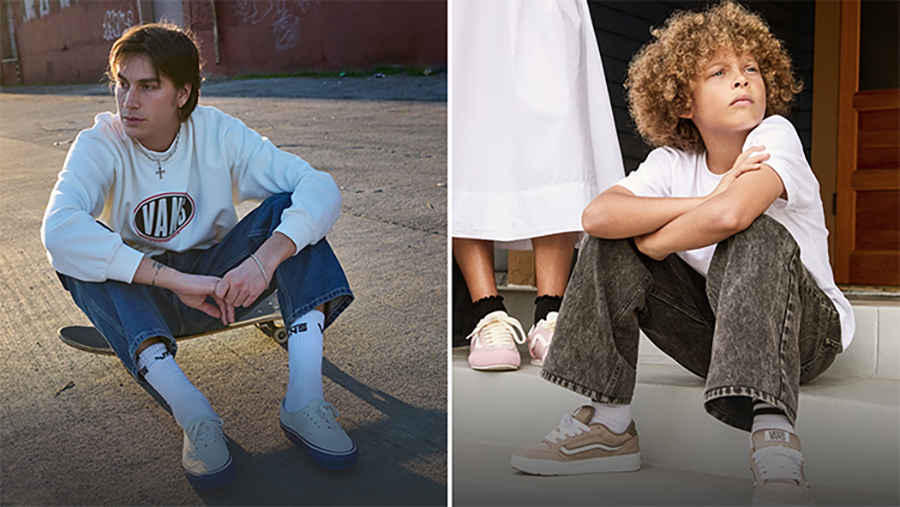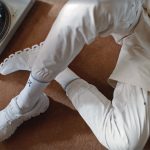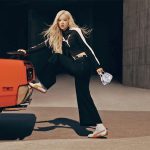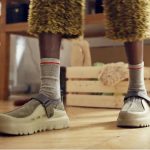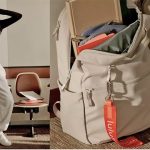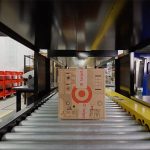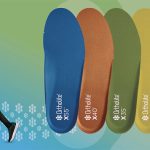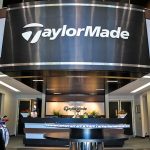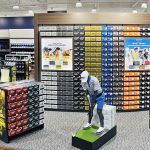VF Corp. shares shed ~15 percent on Wednesday, May 21 after the parent company of Vans, The North Face, Timberland, Jansport and Dickies reported that Vans sales fell 20 percent on a currency-neutral (c-n) basis in the fiscal fourth quarter. The decline was reportedly due to steps to rationalize inventories and distribution in addition to ongoing weakness in the brand’s DTC (direct-to-consumer) channels and icon styles.
On a conference call with analysts Wednesday morning, VF senior management also warned of continued weakness for Vans for at least the next two quarters while providing soft guidance for the current quarter.
The 20 percent decline in the period ended March 31 marked a retreat from an improved sequential trend in recent quarters. Vans sales declined 8 percent c-n in the fiscal third quarter, 11 percent c-n in the second quarter, and 21 percent c-n in the company’s fiscal first quarter.
The 20 percent decline in Q4 came on top of a sharp 27 percent c-n decrease in the year-ago fourth quarter.
On the analyst call, VF’ President and CEO Bracken Darrell said that adjusting for deliberate strategic actions to manage the marketplace to support profitable growth, Vans’ revenue decline in the quarter was down high-single digits, in line with the fiscal year’s third quarter.
He said he has remained confident that the turnaround plan being implemented by Sun Choe, who was appointed global brand president last July, will eventually pay off, noting that similar moves to reduce inventories and distribution while stoking a brand has led Timberland back to double-digit growth following a period of declines.
“We told you last quarter that turnarounds are often nonlinear,” said Darrell. “To be clear, turnarounds can look nonlinear from a numerical standpoint, and this quarter is an illustration of that. However, we are methodically advancing all our initiatives. The actions we are taking to drive improved performance and progress in our turnaround are moving forward in a clear linear manner. In fact, at Vans, we are making progress every week to turn around the business. You don’t see the results just yet numerically, but you will.”
By region on a currency-neutral basis, Vans’ sales in the quarter slumped 23 percent in the Americas, 22 percent in APAC, and 15 percent in EMEA. On a reported basis, Vans’ global sales were down 22 percent to $492.6 million.
Darrell said that 60 percent of the total revenue decline at Vans in the quarter was “a direct effect of deliberately reduced revenue to eliminate unprofitable or unproductive business.” Of the 60 percent, nearly 25 percent was driven by reduced store fronts and channel inventory in China while 35 percent reflected the closure of “value doors,” a reduction in “distressed sales,” and closures of its owned doors that were unprofitable.
He noted that, as mentioned on prior analyst calls, Vans’ turnaround in the APAC region “has been slower” than other regions as the brand resets its store footprint in China, particularly at partner doors. The rationalization steps in China are expected to continue to weigh on Vans’ sales over the next two quarters. Darrell said the moves “are really deliberately set at trying to reduce the overall level of channel availability in China to get it to the right size and the right places. And that really peaked in Q4, and that impact will continue into Q1, Q2 and then fade in Q3 and be gone in Q4.”
Vans has reduced its global store count by 8 percent year-over-year with the closure of “unprofitable” locations. The impact of the store closures is expected to peak in the current quarter and gradually lessen over the next three quarters.
Vans also continued to exit “value” third-party retailers, mainly in the U.S., that are “margin eroding.” The impact is expected to have peaked in the fourth quarter. The reduction in distressed sales is expected to continue to impact Vans’ sales in the first and second quarters.
On the positive side, the brand’s gross margins were “up significantly” in the quarter due to the actions. Darrell also noted that in non-value or more full-priced wholesale, Vans’ sell-through was “slightly up.” In key accounts, Vans’ sell-through was said to be up double digits.
The remaining 40 percent of the decline was all driven by DTC, and primarily due to soft traffic.
Darrell said, “What are we doing to address traffic? We are evolving our marketing rapidly to drive brand heat and we’ll get that back.”
Overall, Darrell said he feels “good” about Vans’ outlook with the game plan from Choe, who was formerly Lululemon’s chief product officer, making steady progress.
“It all starts with leadership,” said Darrell. “We feel so good about having the right leaders in our president roles. And I feel super about Sun, and she is a magnet for talent. She’s worked with a lot of people in this industry, and everybody seems to want to work with her. I can see why after I’ve been around her. So, she’s attracting the right people. That’s the first step, and it is really happening.”
The second priority is elevating product with Vans with a pipeline of new footwear offerings set to arrive while existing core icons are revived. Said Darrell, “Our focus on women and youth is starting to show early results with a positive response to the Super LowPro, which was just launched and sold out in key colorways early on. Girls bought this product disproportionately, a signal that when we have something new and on trend, girls and women will come back.”
In terms of the marketplace, Vans is pursuing brand elevation through channel cleanup as well as elevated stores and digital marketplaces.
“The cleanest of our channels are non-value wholesale, which is a high proportion of new products and is showing encouraging results and we have opportunities to keep driving more new products to increase that momentum and improving marketing,” said Darrell.
During the Q&A session of the call, Darrell elaborated that Vans is “still not getting enough traffic into our stores and our websites.” The brand is experimenting in numerous ways to drive brand heat. He added, “The good news is that when there is traffic and when you have a curated assortment, as you do in our non-value wholesale, we’re actually flat to up. And if you looked at our key accounts where we are really making sure we have the best assortment, the best execution that we can have, we’re up double digits.”
Vans is working to revive traffic foremost by working on offering “things people want to come buy.” He noted that Chou is “working feverishly on developing those new products and the Super LowPro is a great example of what’s ahead of us.”
Darrell also said consumers have to “know about them” and investments are being made in “stronger and stronger” marketing campaigns around Vans. Said Darrell, “We’ve made a lot of changes in there. You aren’t seeing all of them flow through yet, so it’s coming. But we’ll get there. We’ve done it in Timberland. We know how to do this. We just got to execute.”
For the year, Vans’ sales down were 16 percent (15 percent c-n) to $2.3 billion. The drop marked its third year of declines with sales on a currency-neutral basis down 14 percent in fiscal 2024 and 8 percent in fiscal 2023.
Darrell concluded on Vans, “We are making the right decisions to build a durable, growing brand over the long term. We are learning every week, and we’re making progress. Growth will come.”
Image courtesy Vans/VF Corp.

